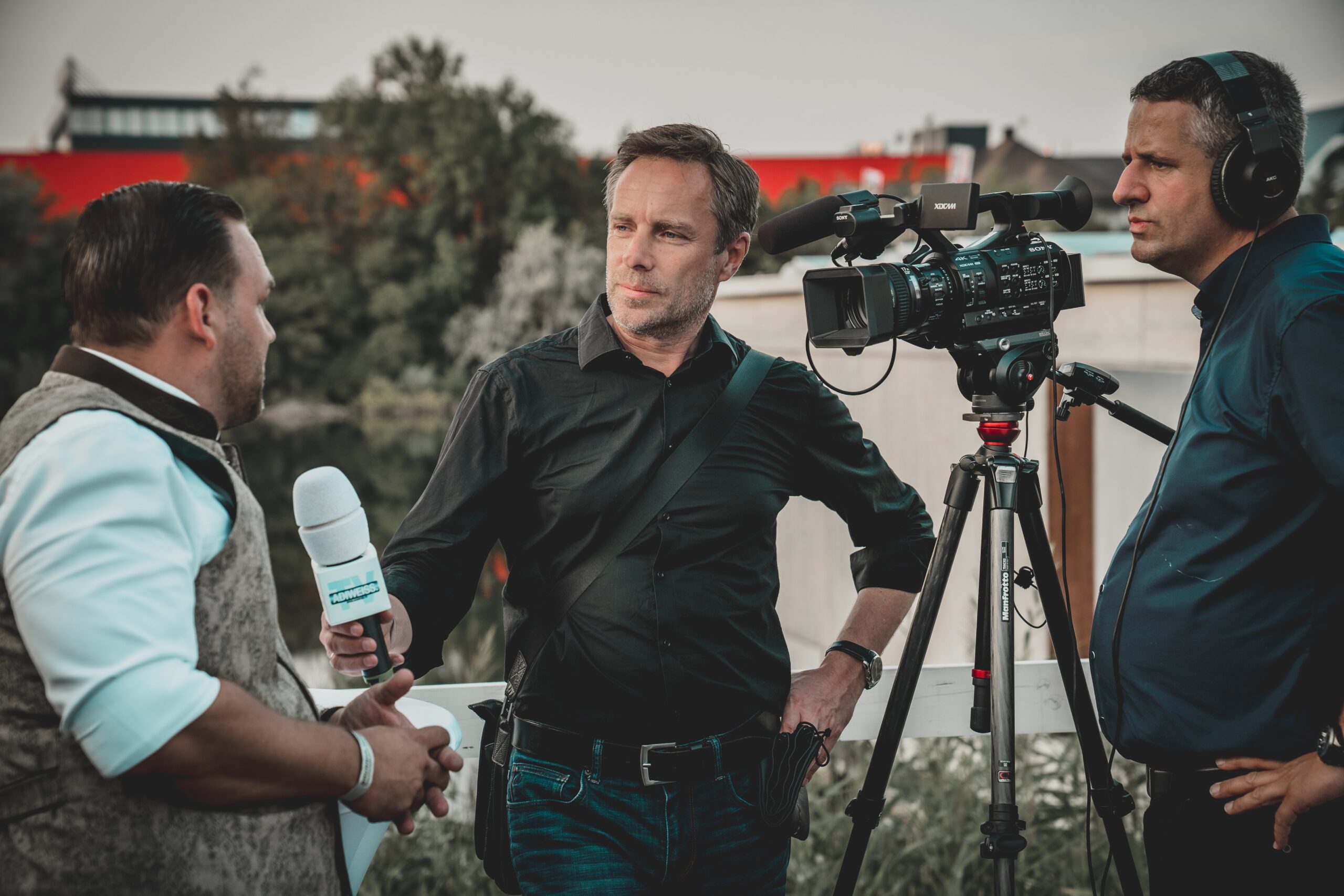
When comes to growing marketing mediums, video is killing it at the moment. YouTube’s traffic comes second only to Google.
Whilst many companies recognise this, creating a corporate video can be daunting and all too often gets put off. That’s exactly why I’ve put together a short guide to show you how to create a video in 8 steps.
Enjoy!
Step 1) Start with Why
Most companies get it all backwards when it comes to their marketing. Let me explain.
In 2009 Simon Sinek wrote the bestselling book “Start With Why”. Simon found that most companies approach their marketing in a backwards manor. They start with “What” they’re going to do and “How” they’re going to do it without ever really thinking about “Why” they are doing it.
If you want to create a video that has impact and is effective, then the first thing you must do is define a clear business purpose.
I’ll give you a hint when you think about this, “The boss just thought a video would be nice. All out competitors are doing it.” isn’t a reason that will bring you a return on investment.
Start by asking…
What business problem are you hoping to solve with video content? Why does that matter to us?
It maybe something simple like:
- We want to turn more of the traffic on our website into leads
- We want to show customers how to assemble our product so we can reduce customer service calls
- We need to drive more traffic to our website
- To introduce a new product to our clients
- Position ourselves as leaders for our product/industry
These are much more clear business focused objectives.
Step 2) Define the Outcome You Want
- When you have this video, what will a successful outcome look like and what impact will it have on the business?
- What do you want viewers to do after seeing your video? E.g. call for an appointment, go to your website.
- How do you want your viewers to feel after seeing your video? E.g. confident that you are a leader in your industry.
Step 3) Define Your Audience

Who will be watching your video. And don’t just say we sell to everyone with a pulse. Because chances are unless you’re Woolworths or Coles, you do not sell to everyone.
You likely have a very specific customer depending on which product or service you’re marketing.
Step 4) What’s Your 2-3 Key Takeaways
Knowing where you will be using the video will help to determine the style of corporate video production and the length of the content. For example, videos for LinkedIn or Instagram may only be 30-60 seconds.
Videos for training or tradeshows may be longer form content.
Consider how you will get people to view your video. Putting your video on your website without any sort of promotional activities may not have the desired outcome. You may need to consider a more holistic video marketing strategy like using social media or PPC (pay per click).
Step 6) Concept, Story & Timeline
By now you should know how long your video will be, know the key takeaways and messages, who’s going to be watching it and why you’re making a corporate video.
Now it’s time to come up with the timeline for the production of the video. This will be defined by your budget and how much time you and key staff can dedicate to the video. If you can only spare a day, then you may need to scale back your ideas. Realistically how much time can you spend on this?
You can then put together some ideas of what you need to include in your video to get across your key takeaways. It may help to go online to get some inspiration for the different types of corporate videos you could make.
You’ll want to create a story that connects with your customers and has some emotion in it. Perhaps it’s the story told by your customer of how your product has impacted their life for the better. That’s far more powerful than an employee listing the features and benefits of your product.
And finally, it’s vital to make an impact at the beginning of your video otherwise your viewer won’t bother watching. You can do this with your “hook”. A hook can be as simple as giving a quick preview of what the viewer will get out of the video.
Step 7) Storyboarding & Scripting

This is where you will detail the specifics of the video such as:
- The locations for shooting
- The talent (who will be in the video)
- Will you use voiceover?
- How about music/sound fx?
- Are you having graphics? E.g. logo, animations, text
Usually you will plan the video scene by scene. E.g. Introduction where John will be speaking in the lobby of our building. Then Jill will be showing how the product is used etc.
It’s also a good idea to have a script. That way you’ll stay on message.
At this stage, you’ll likely need to go through a few drafts and involve different departments such as marketing, sales, production and your video production company.
Step 8) Production Planning and Shooting

For a smooth running video shoot, it will need to be planned out well. Making a video is a complex process.
Here’s some things to consider:
Location Scouting: What’s the lighting and audio going to be like at the location. Is the site suitable for filming? What problems do you anticipate?
Location Access: Are you allowed to shoot where you’re thinking? Will there be vehicles or other things in the way? How about parking for the crew? Is there power available?
Crew & Talent: Who will be operating the camera, lighting and audio? Who will be directing?
What about the talent? Are they available and have you got model releases? Are they rehearsed? What will they be wearing? Do they need their hair and makeup done? How much time can they be available for?
Weather: If you’re shooting outdoors and the weather isn’t working out, what’s the backup plan or will you reschedule? Which date?
Schedule: Your shotlist should also have a time allocated to each shot. What will happen if you’re running overtime, is there something you can cut out or will you film what you missed on another day?
If you go through this video planning exercise diligently, you’ll have a far great chance of getting the outcome you want when you film your next corporate marketing video.
